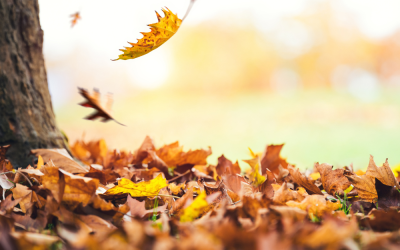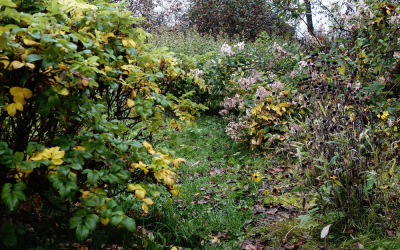Trees are a beautiful and valuable part of our environment, but they can also be vulnerable to damage during storms. High winds, heavy rain, and lightning can all cause trees to fall, break branches, or uproot which can pose a serious safety hazard to people – and property.
There are a number of steps that homeowners, and organisations, can take to help prevent tree damage during storms. Here are some tips:
Regular Tree Maintenance
a. Pruning: Regularly trim and prune your trees to remove dead or weak branches. This reduces the risk of these branches breaking off during a storm.
b. Crown Thinning: Thinning out the canopy of the tree allows wind to pass through more easily, reducing the risk of uprooting during a storm.
c. Remove Deadwood: Dead branches can be especially vulnerable during storms. Remove them to prevent them from falling and causing damage.
Stake young trees
Young trees have weaker root systems and are more likely to be uprooted during storms. Staking your trees can help to provide them with additional support. Be sure to remove the stakes once the tree is stable.
Mulch around trees
Mulch helps to keep the soil moist and improves drainage. This can help to create a stronger root system for your trees. A well-mulched tree is generally healthier and better equipped to withstand the stress of a storm. However, be careful not to pile mulch directly against the trunk, as this can lead to rot and other issues.
Water trees regularly
Trees need water to stay healthy and strong. Watering your trees regularly, especially during periods of drought, can help them to better withstand storms – especially if mulched well.
Regular inspections
Perform regular inspections of your trees or employ an expert to check them out, especially after heavy rains or severe weather events. Look for signs of damage, disease, or instability. If you notice any issues, consult with a professional arborist who can assess the situation and recommend appropriate action.
Install lightning protection
In areas prone to lightning strikes, consider installing lightning protection systems for your valuable trees. These systems help direct lightning strikes safely into the ground, reducing the risk of fires or catastrophic tree damage.
Prepare for emergency situations
While prevention is key, it’s also important to prepare for the worst-case scenario. Keep emergency numbers handy, know how to safely shut off utilities, and have a plan for dealing with fallen trees or branches if they do occur. After a storm is a very busy period for tree surgeons so having the number of a trusted arborist to hand can ensure you get the help you need promptly in an emergency situation.
In addition to these general tips, there are some specific things you can do to protect your trees from different types of storms:
Hurricanes or High-wind storms
If you live in an area that is prone to hurricanes or strong winds during a storm, it is important to have your trees inspected by a certified arborist before the storm season begins. The arborist can identify any potential problems and recommend steps to mitigate them. You may also want to consider installing hurricane straps or cables to support your trees.
Consider planting trees in sheltered areas, this can help to protect them from strong winds.
Ice storms
Ice storms can cause tree branches to become heavy and break. To help protect your trees from ice damage, you can prune them to remove any weak or diseased branches. You may also want to wrap the trunks of young trees with burlap to protect them from bark splitting.
Thunderstorms
Thunderstorms can bring strong winds and lightning. To help protect your trees from lightning strikes, you can install a lightning protection system. You should also avoid standing under trees during thunderstorms. There’s also likely to be an increased risk of flooding in these types of storms but trees that are healthy are more likely to survive the increase in water. Read our blog on seasonal tree maintenance to learn how to keep a tree healthy through the seasons.
We can’t avoid the weather so it’s wise to plant trees that are native to your area as native trees are more likely to be adapted to the local climate and weather conditions. And, avoid planting trees too close to buildings, car parks or power lines. This can reduce the risk of damage if a tree falls.
If you have any concerns about the health or safety of your trees, be sure to consult with a certified tree surgeon, like Elmhouse Tree Services, for advice.



